It’s taken longer than expected, but it’s finally that time again, when billions of viewers worldwide can finally sate their thirst for the television event of the year, where echoes of winter are followed by grizzly battles, colourful plot lines, outlandish character theories and resounding applause for the ferocity of dragons. The penultimate season of Game of Thrones is upon us, and with Season 7 offering only 7 episodes, and Season 8 reportedly having a release date of 2019, fans can find respite in visiting real-life locations.
While Iceland, Spain and Croatia boast their own slices of Westeros, Northern Ireland – with its rugged, wild and stunning landscapes – is home to more Seven Kingdom locations than anywhere else in the world. Here are 9 Westeros locations fans can make a pilgrimage to.
Warning for those not yet caught up: SPOILERS AHEAD.
Winterfell
Real-Life Location: Castle Ward, County Down
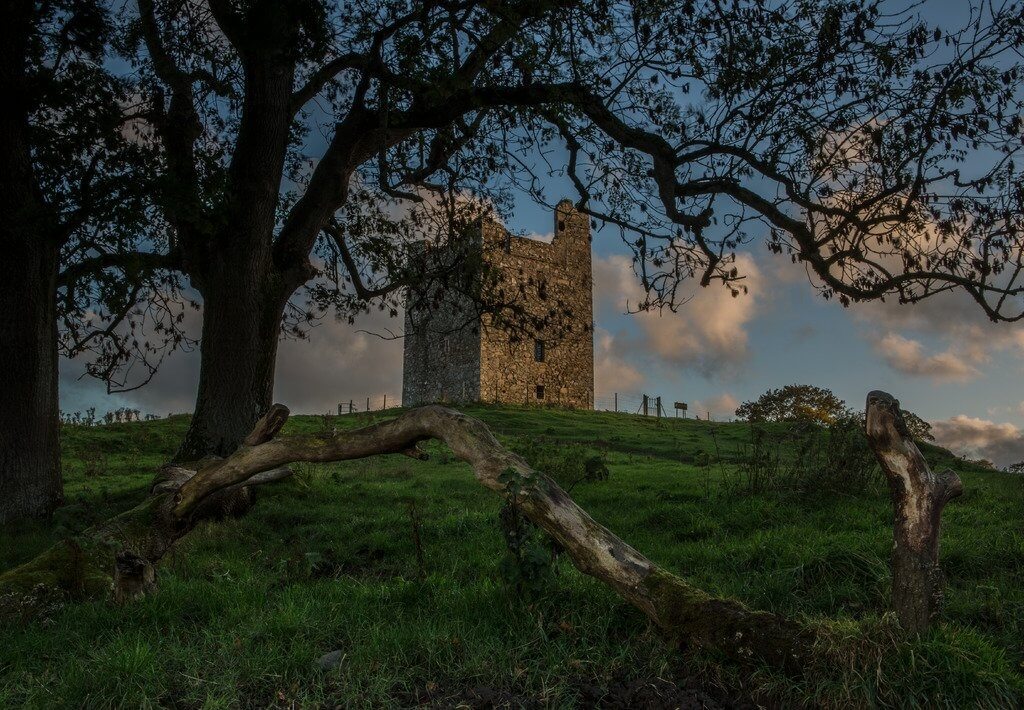
Begin at the show’s most iconic location: the home of the Stark family. Castle Ward is an 18th-century mansion and a property of the National Trust. The stately home, residence of the Ward family since the 16th century, is a mix of classical and Gothic architecture, and the grounds offer striking views over the Strangford Lough. For a completely immersive experience, you have the option of dressing up in Game of Thrones costumes, signing up for archery lessons and meeting the real-life ‘dire wolves’ adopted by the Stark children.
The Houses of the North
Real-Life Location: Inch Abbey, County Down
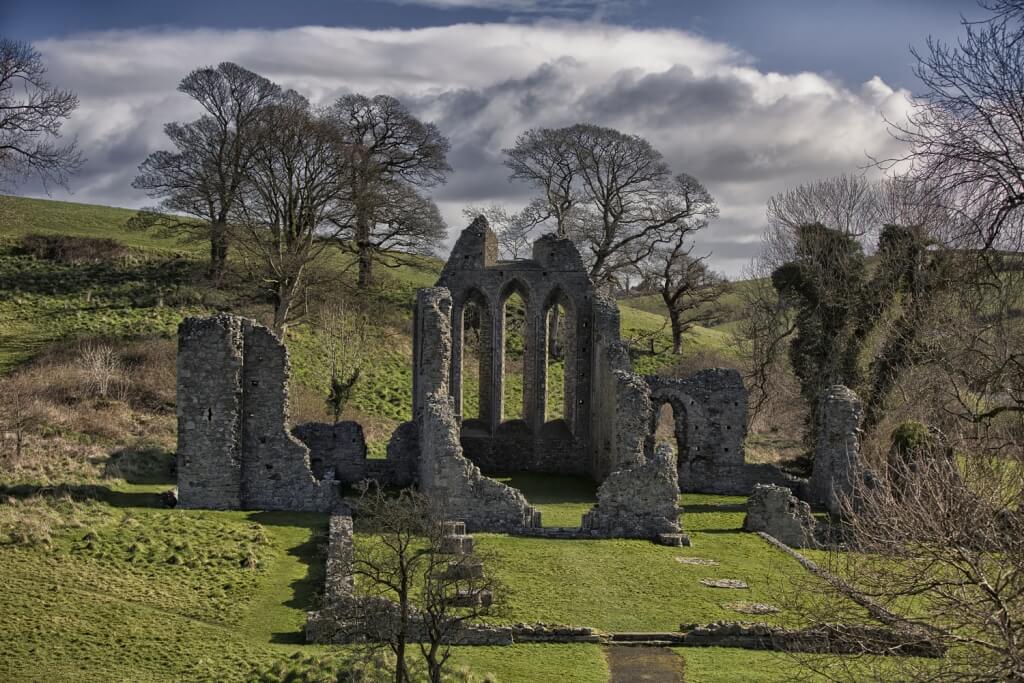
Fans will recall the beauty of Inch Abbey from the battle to avenge Ned Stark’s death, where Robb Stark built his camp in Riverrun, organising a revolt against the Lannisters with the then-loyal Houses of the North. It’s also where Jaime Lannister is captured by the Starks prior to the battle. This real-life location is a beautiful Cistercian Abbey founded in 1180, sitting beside the River Quoile. On a clear day, you can see Downpatrick Cathedral, St Patrick’s final resting place. Whilst there, you might also like to explore the St Patrick Centre, dedicated to the saint.
The Haunted Forest
Real-Life Location: Tollymore Forest Park
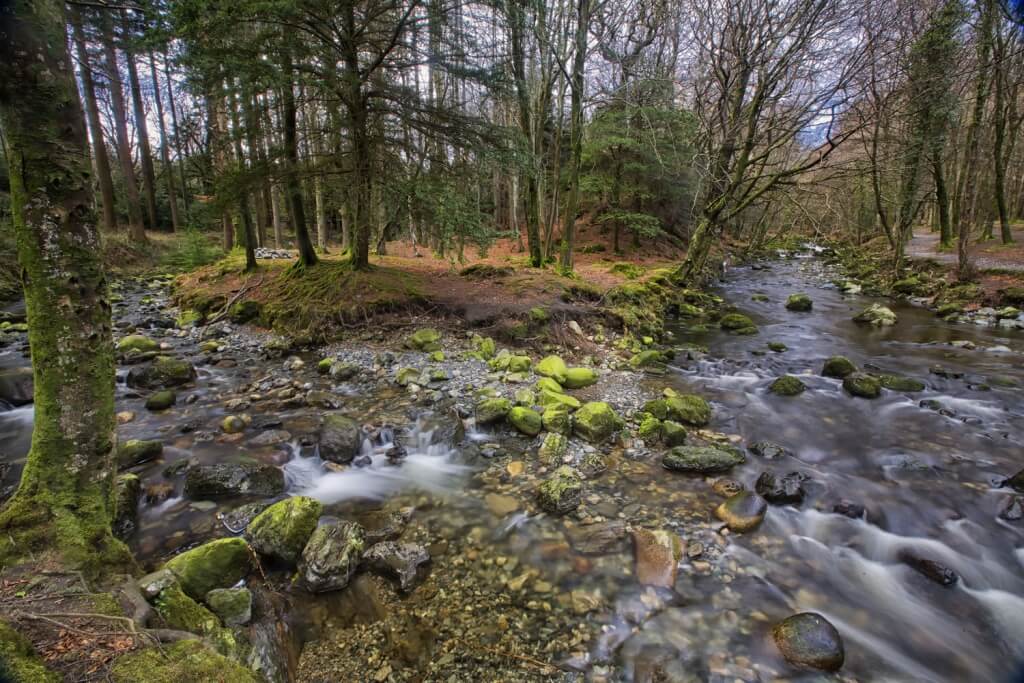
This is where it all began: where fans first encountered the White Walkers in that unforgettable opening scene of piercing cold and chaos, where several brothers of the Night’s Watch ride north of the Wall, right into a circle of Wildling corpses waiting to be awoken. The wild woodland is home to magnificent redwoods and centuries-old stone structures. It’s also where we are treated to the first sight of the Stark childrens’ dire wolf pups.
Castle Stokeworth
Real-Life Location: Quintin Bay
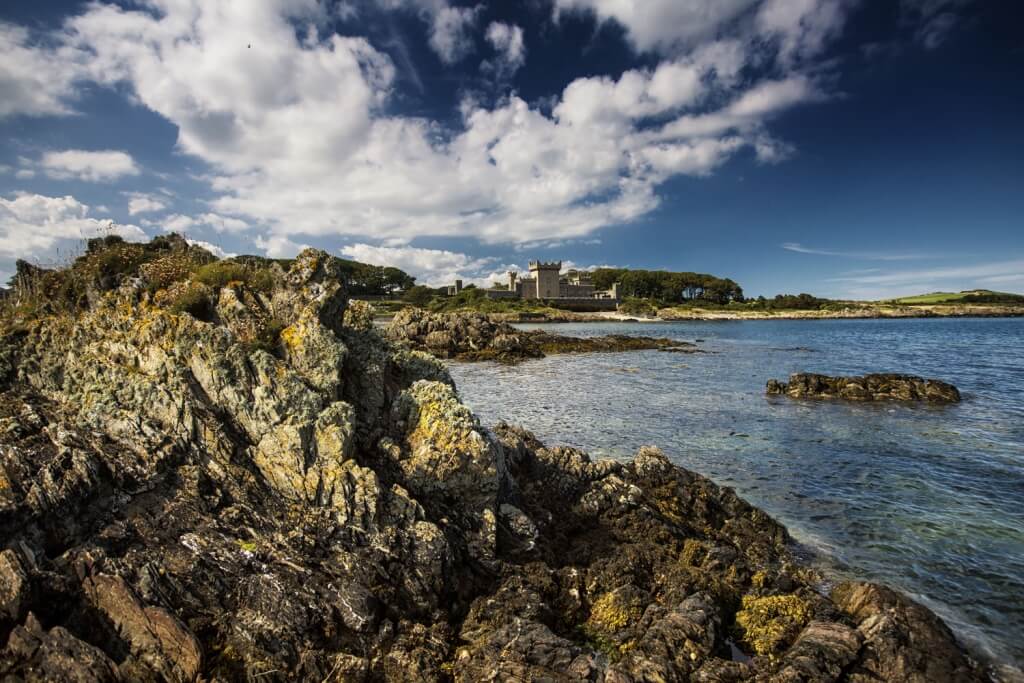
Remember the expanse of immaculate and barren beaches studded with rocks where Jamie Lannister plots Princess Myrcella’s rescue and escape, offering Castle Stokeworth to mercenary Bronn as a reward for participation? This unspoilt piece of Northern Irish coast is its location. Though Castle Stokeworth is a completely fictional property, visitors will be pleased to discover the site’s very own true-to-life castle: Quintin Castle. The structure is an impressive example of medieval architecture on the country’s eastern coast.
The Stormlands
Real-Life Location: Cushendun Caves, County Antrim
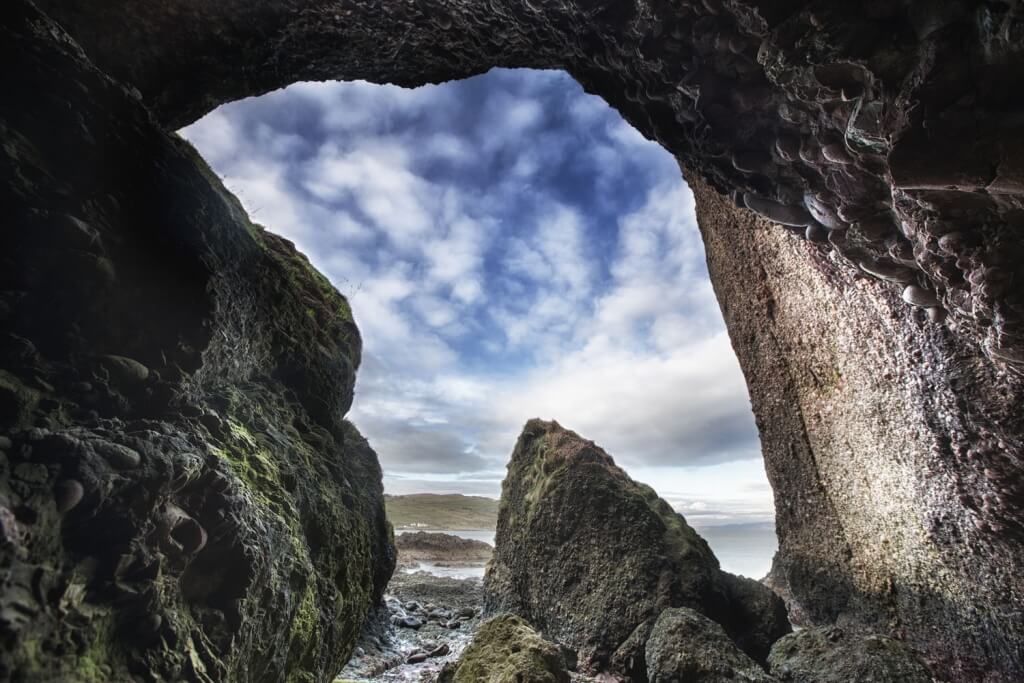
These caves in Westeros’ Stormlands are privy to one of the show’s darkest moments and most unimaginable crimes: this is where Melisandre gives birth to a shadowy demon, summoned to kill the youngest of the Baratheon brothers, Renly, with the intention of hastening Stannis’ ascension to the Iron Throne. All in the name of the Lord of Light. The ancient caves (over 400 million years old) are found along the Antrim coastline, near the village of Cushendun. They peer over a stony beach of turbulent seas.
Lordsport Harbour & The Iron Islands
Real-Life Location: Ballintoy Harbour, County Antrim
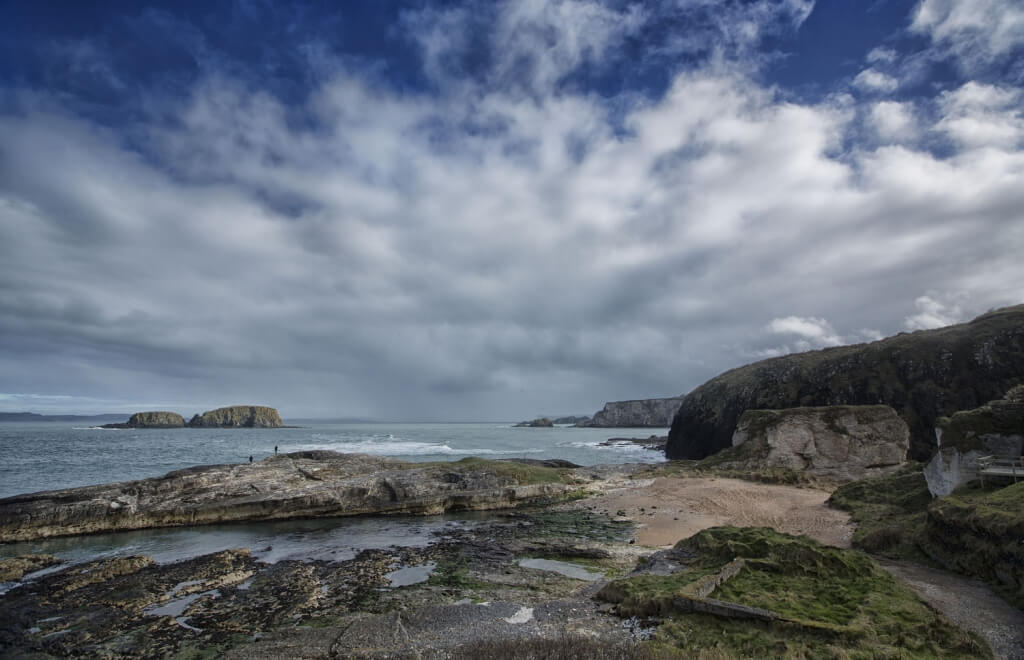
The Iron Islands are home to the fiercely independent and fearsome Ironborn. Fans will remember Ballintoy Harbour as Lordsport Harbour, which sees the arrival of Theon Greyjoy as he returns to his homeland after growing up at Winterfell as Ned Stark’s vassal. The location’s most memorable scene saw Theon being baptised into the religion of the Drowned God. On nearby Ballintoy Beach, we saw Euron Greyjoy drowned as part of his coronation as King of the Iron Islands.
The Kingsroad
Real-Life Location: Dark Hedges, County Antrim
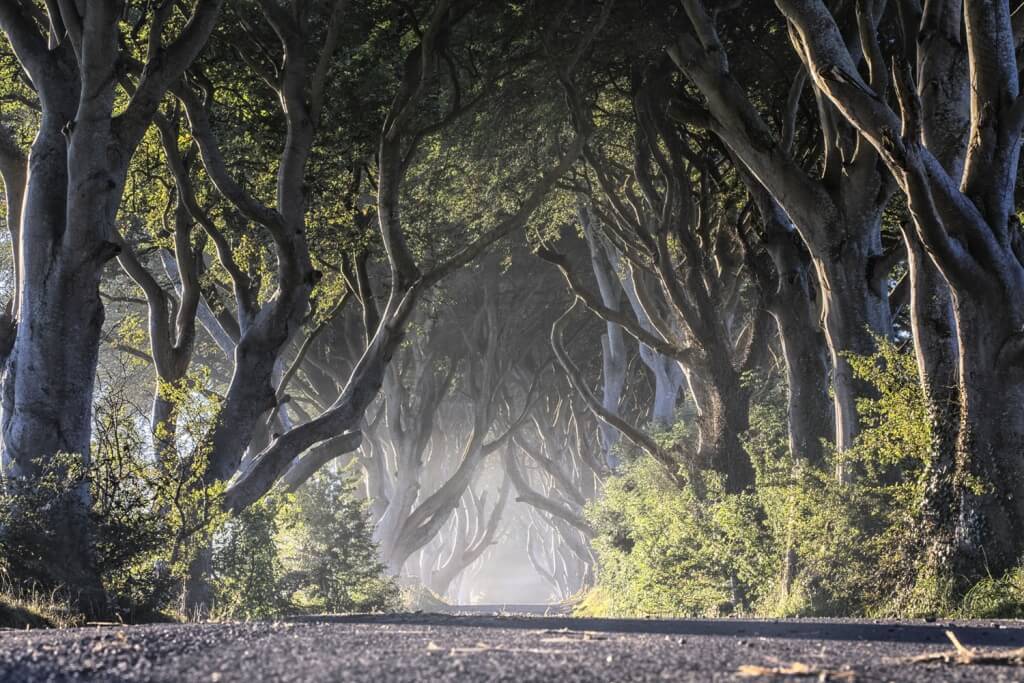
The Dark Hedges feature regularly throughout the series and are one of the most recognisable and awe-inspiring of the Game of Thrones filming locations, with the twisting trunks and rustling leaves of 200-year-old beech trees forming a picturesque tunnel. The Kingsroad features prominently in Arya Stark’s escape from King’s Landing, prompting interest and provoking delight from fans, but the Dark Hedges have always been a popular stop in Northern Ireland and continue to one of the most-photographed places in the country. When trees of the Dark Hedges were damaged by Storm Gertrude in 2016, wood from fallen trees was fashioned into intricate doors – known as the ‘Doors of Thrones’ – which have been installed in the local pubs of Game of Thrones filming locations.
Dragonstone
Real-Life Location: Downhill Strand, County Derry
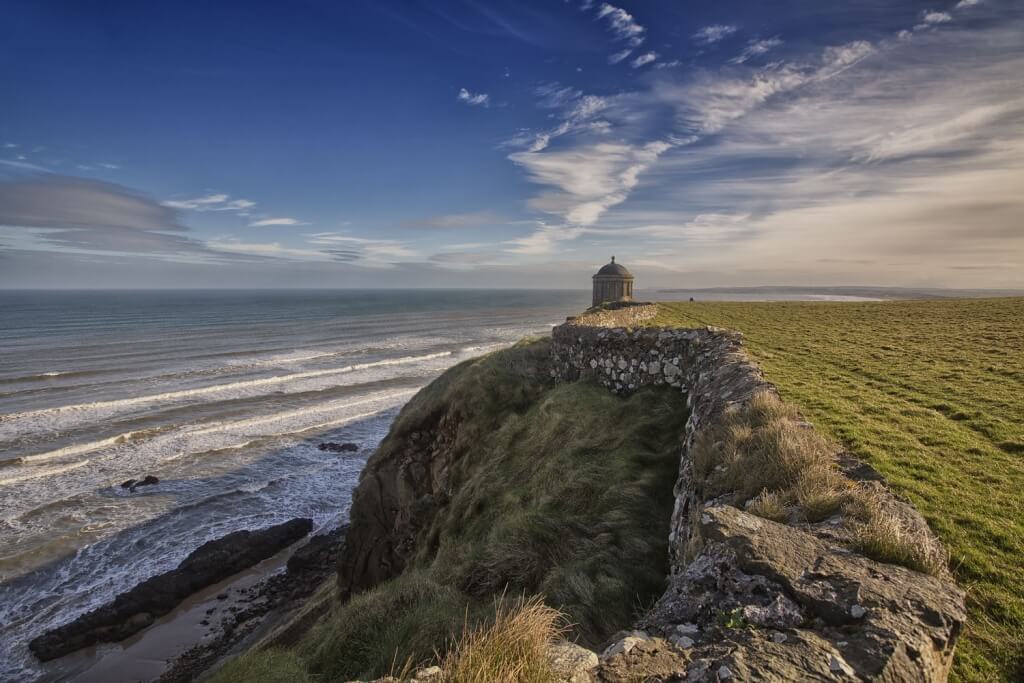
Downhill Strand is one of Northern Ireland’s most beloved beaches, considered a Special Area of Conservation and classed as an Area of Special Scientific Interest (ASSI). The beach was used as the setting for Dragonstone in Season 2, and is the site where Melisandre and Stannis burn statues of the seven gods of Westeros as an offering to the Lord of Light. Whilst there, be sure to visit Mussenden, a temple perched atop a 36m (120ft) cliff above the Atlantic ocean.
Dothraki Grasslands
Real-Life Location: Binevenagh, County Derry
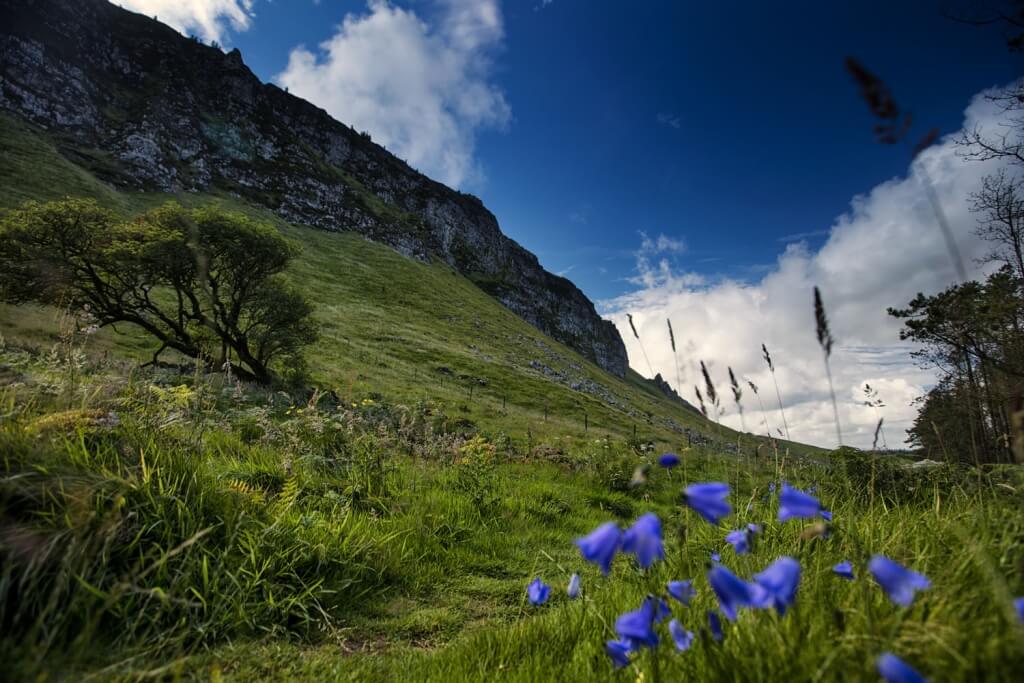
Binevenagh Mountain will be familiar to fans as the location of the Dothraki, and most recently recognisable as the place where Daenerys was captured by a Dothraki horde in the Season 5 finale. The mountain is an area of Outstanding Natural Beauty as well as an ASSI. Situated off County Derry’s Causeway Coastal Route, the stunning structure – which was formed over 60 million years ago – will delight and intrigue visitors with its dramatic basalt cliffs and panoramic views. The best way to enjoy this incredible landscape is by walking the trails.
Article by Akeela Bhattay

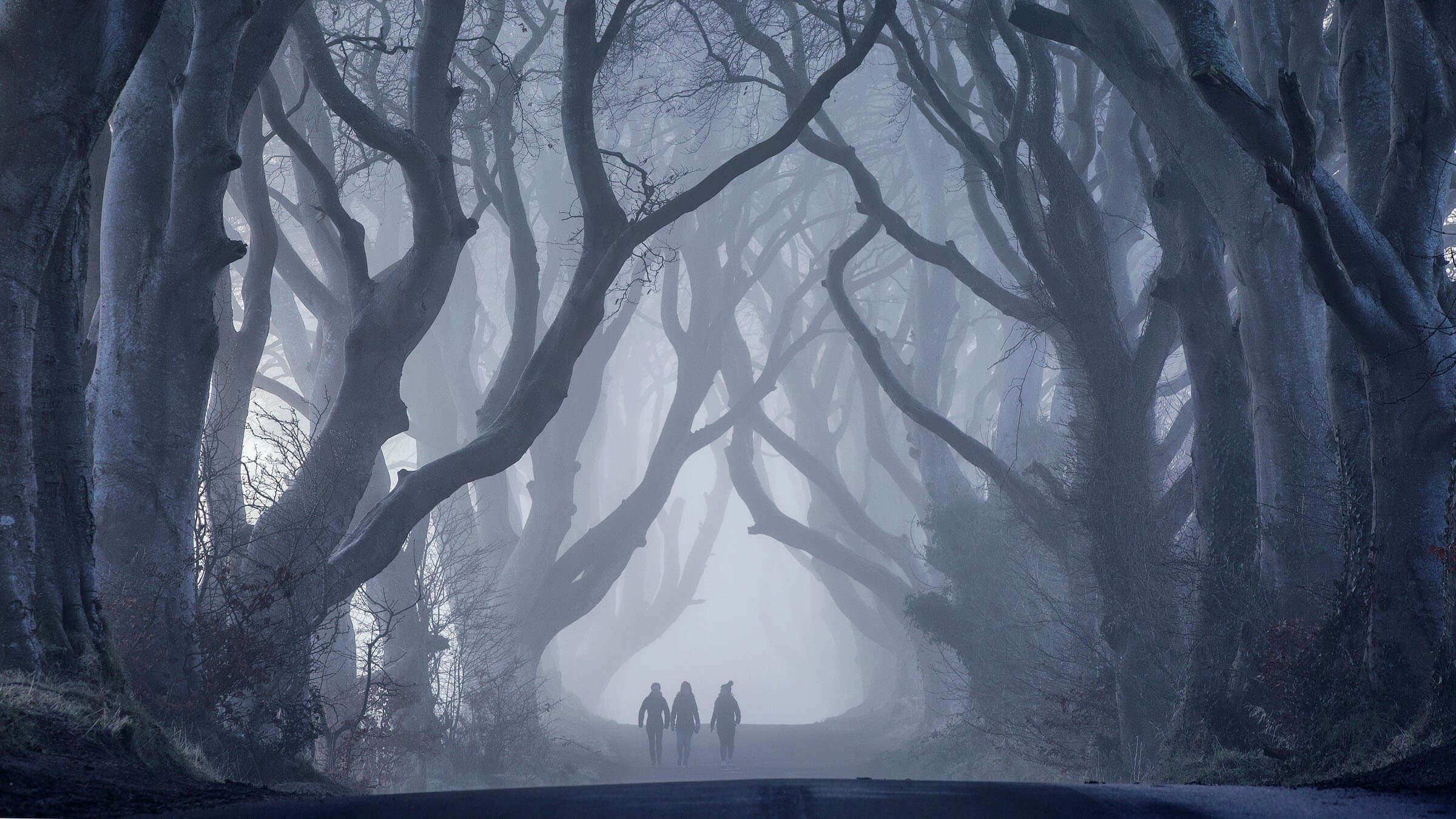







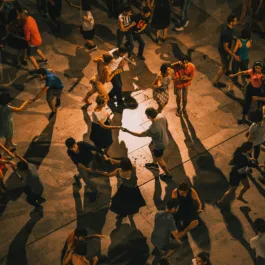
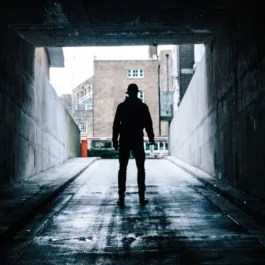
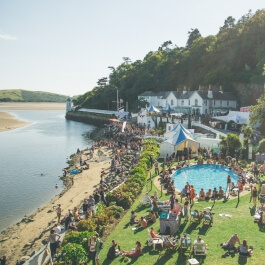


Sorry, the comment form is closed at this time.